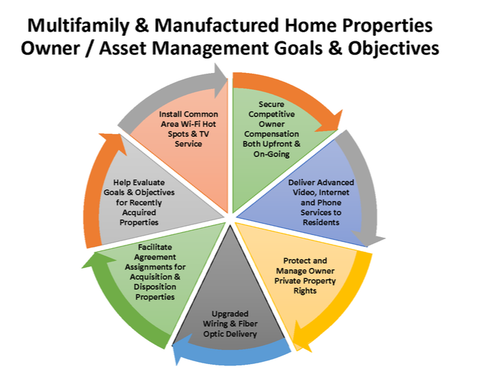Improving Wireless Connection and Performance in Multi-Unit Settings for Maximum Customer Contentment
Improving Wireless Connection and Performance in Multi-Unit Settings for Maximum Customer Contentment
Blog Article
Within the current world, having a robust and dependable Wireless signal is crucial, especially in multi-dwelling environments like flats or condominiums. Many people depend on the network for employment, education, and leisure activities. Nonetheless, Wi-Fi signals can struggle to reach every corner of these structures due to various barriers. These hindrances can include walls, floors, and other electronic devices that interfere with the signal. To enhance Wireless signal strength and functionality in these environments, it is critical to grasp some foundational concepts of Wi-Fi communication.
One effective way to enhance Wi-Fi performance is by strategically placing routers and access points throughout the building. A central placement is usually ideal, as it enables the coverage to propagate uniformly in all areas. In larger multi-dwelling units, multiple access points may be required. These units assist increase the reach of the wireless infrastructure and deliver stronger service to occupants in different sections of the structure. Additionally, deploying equipment that adhere to the current Wi-Fi protocols can result in higher bandwidth and better overall performance.
Another important aspect in optimizing Wi-Fi connectivity is reducing disruption from service providers for mdus other devices. Many domestic appliances, such as microwaves and wireless handsets, can interfere with wireless signals. It is recommended to position routers away from these appliances to maintain a clearer connection. Additionally, modifying the channel settings on a device can help reduce conflict from neighboring networks. The majority of devices automatically choose the most suitable channel, but individually choosing a less crowded one can enhance efficiency.
Regularly refreshing router firmware is also necessary for maintaining optimal wireless performance. Vendors routinely release patches that resolve weblink bugs and enhance security features. Maintaining the firmware current ensures that residents benefit from the latest improvements and protections against possible risks. Furthermore, monitoring network activity helps detect which endpoints utilize more resources, allowing for better allocation of available capacity.
Finally, educating residents about proper usage for using Wi-Fi can greatly improve their performance. Basic measures such as connecting only required devices, employing wired connections when feasible, and regularly restarting the router can make a difference. By fostering a community that comprehends how to optimize their Wi-Fi efficiency, multi-dwelling residences can elevate user experience and ensure that everyone enjoys a consistent internet service. This combined method of strategic deployment, reducing interference, managing equipment, and informing residents will result in a more reliable and enjoyable wireless experience for all occupants.